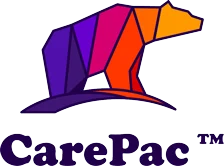No products in the cart.
Embossing vs. Debossing:
Unveiling the Art of Textured Printing
Embossing and debossing are each a printing technique, like silk screening, photo etching, or laser engraving. If you're looking to customize packaging or cards with your company logo or text, you've probably come across articles that explain the embossing process and the debossing process during your research. So, which is better? Do embossed graphics look better than those made with debossing techniques?
In this blog, we'll discussing embossing vs debossing so you can choose which tactile effect out of the two techniques is right for you. Regardless of which you choose, the finished print piece will be sure to enhance your brand recognition.
What is the embossing process?
Embossing is when you raise the surface of something, creating a three dimensional effect. The process involves pushing an embossed design up from the material using two metal plates- one metal plate is on the top and the other metal plate is on the bottom.
This technique is ideal for thicker materials, like paper and heavier paper stock, and is often used on wedding invitations and high quality marketing materials. With embossing techniques, the embossed design can be barely raised or very raised -- a very raised design is visually appealing and can be achieved via deep embossing.
A more complex emboss is, of course, often times more expensive to create than a more simple design. If you'd like a combination emboss, multi level embossing, or a repetitive element or recurring pattern embossed throughout a pouch or bag, you can expect to pay a little more than if only one small portion of your card is embossed.

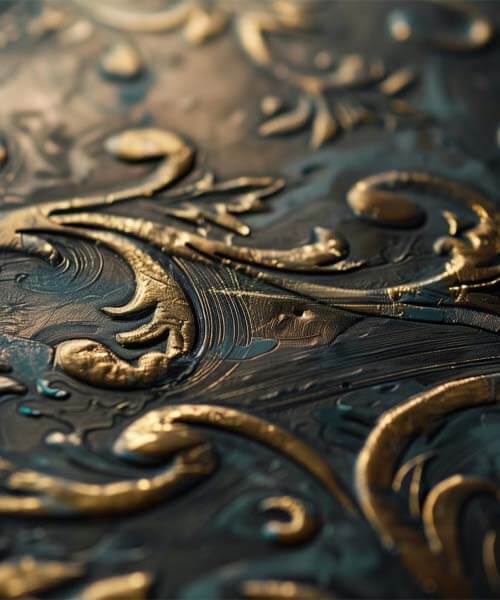
What is debossing?
Unlike embossing, debossing techniques push metal plates into the shape of your design. As such, the design is recessed into the package itself, creating a depressed effect. If you've ever held a luxury bag with the name of the brand imprinted into the bag, this is the depressed effect creating via debossing.
In either scenario, you can choose to leave the debossed area untouched, or it can be "filled in" via ink or foil stamping. One of the key benefits of debossing, especially when compared to embossing, is that the debossing effect doesn't impact the back of the package you're printing. This means you can make the back of the product as visually appealing as the front -- whether that's adding really cool visuals, detailed designs, or some other type of visual embellishment to both the front and the back.
Ultimately, debossing creates more design flexibility, as you can use the same design on the front, the back, or on both sides.
Choosing between the embossing and debossing process
Embossing and debossing both have their own advantages, and which you choose ultimately depends on your personal preference and on what you're hoping to achieve with your packaging.
For example, if you'd like to accentuate raised patterns on your business card or card stock, embossing sounds like it's the right choice for you. However, if you'd like to make a lasting impression by customizing both the front and the back of your luxury packaging, it sounds like debossing is what you're looking for.
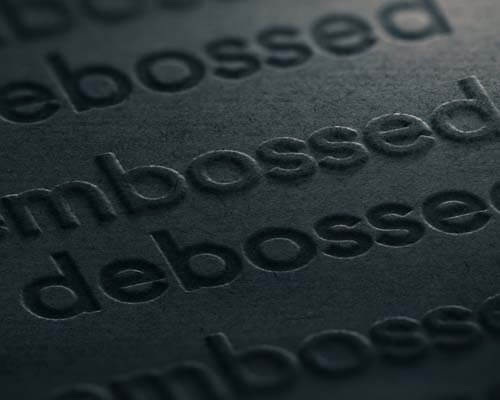
Considerations for embossing and debossing
When choosing between embossing and debossing to enhance your brand recognition, there are a few things to consider:
Keep it simple
When in doubt, opt for a design that errs on the side of caution. In this case, the more simple the design, the better. Embossing and debossing help drive attention to a single section of your package -- if the entire thing incorporates debossed or embossed designs, it defeats the purpose.
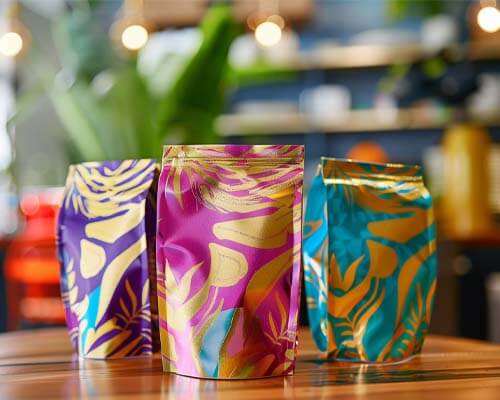
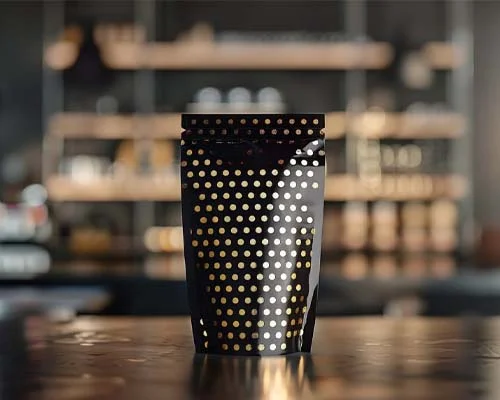
Use heavier paper stock
The most effective use of embossing and debossing is on heavier paper. Using heavier paper stock for your imprinted or raised design highlights the depth and detail of the finished printed pieces.
Consider the back of your package
Since registered embossing will affect the back of your business card or packaging (i.e., the embossed image will peek through the back), you'll want to avoid embossing if you're hoping to have both the front and back of your package customized.
Both embossing and debossing create finished print pieces that stand out where others fall flat. Although various materials can be used for these techniques, a small pattern or images emboss better into a thicker card stock or paper, like those typically used for a business card. Though we use offset printing and our printer creates beautiful imagery on other materials, the thicker the material, the better.
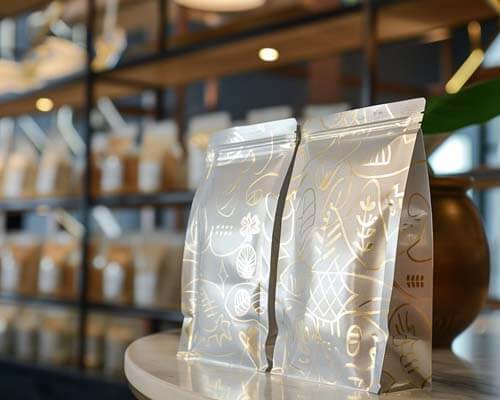
Embossing vs debossing FAQs
Can embossing and debossing be combined into a single design?
Yes! Debossing, embossing, or any combination of the two can be incorporated into your final print pieces. If you're hoping to save money, though, we recommend choosing one or the other. Since each process uses different settings of die presses, including both techniques into one package can quickly increase the price of your design.
Is embossing and debossing suitable for all types of printing?
No -- ideally, embossing and debossing are reserved for paper and cardstock, and ideally the thicker the material the better. This printing technique should be avoided on thinner materials.
How does embossing and debossing affect printing costs?
Of the two, debossing is the cheaper option because it only requires one plate rather than two. If you want your final print piece to have both embossed and debossed designs, this will be even more expensive than just opting for one. Additionally, if you choose to incorporate foil stamping into your final print piece, this will also impact the price.
CarePac: Your partner in custom printed flexible barrier pouches
Curious about how embossing, debossing, and foil stamping can help take your design to the next level? With nearly two decades of experience in packaging industry, CarePac can help take your custom printed flexible barrier pouches to the next level. Contact us today to get started!
